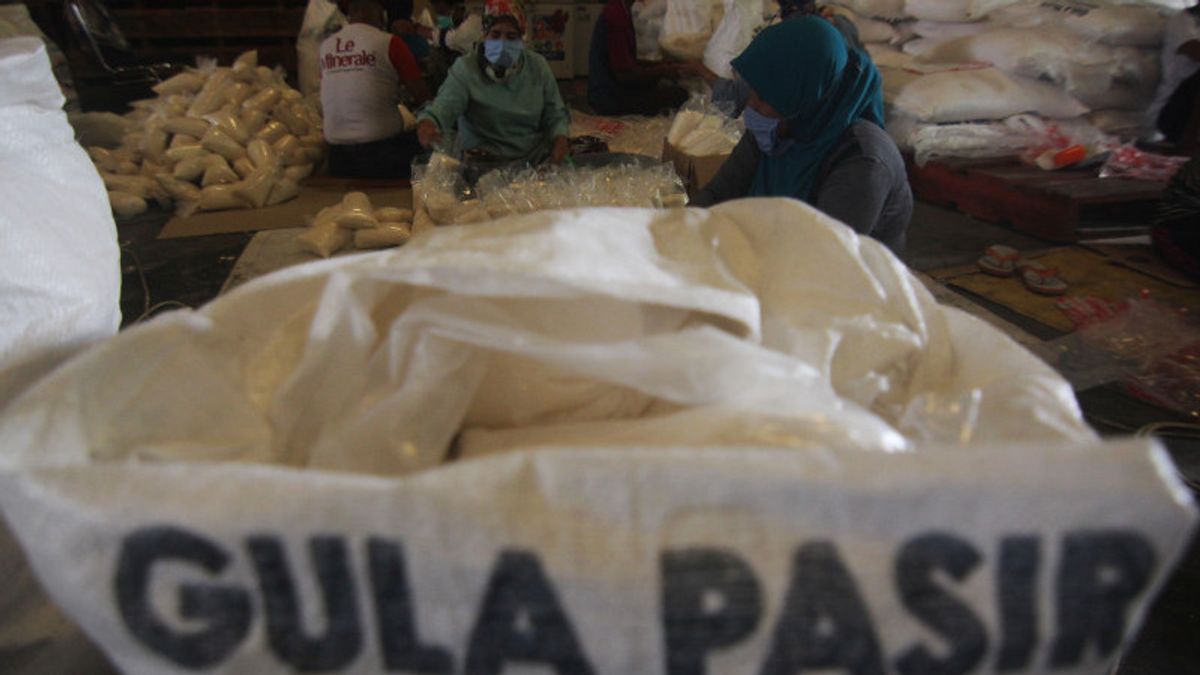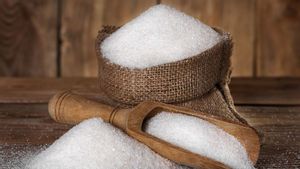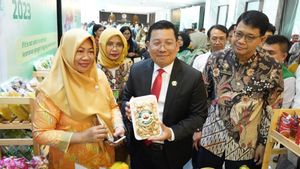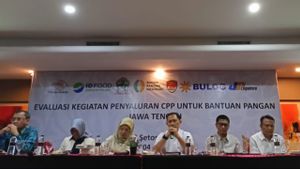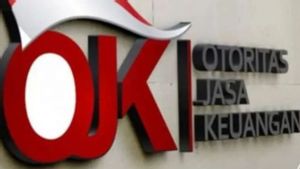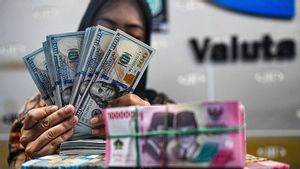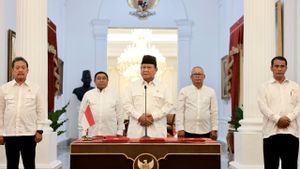JAKARTA - The National Food Agency (Bapanas) said the decline in sugar production in India from 36.5 million metric tons to 32.8 million metric tons was one of the causes of rising sugar prices in the international market.
"We note that the potential for reduced exports from India has a major impact on sugar prices," said Deputy for Food Availability and Stabilization of Badanas, I Gusti Ketut Astawa, quoted from Antara, Thursday, June 8.
Ketut said India's decline in sugar production would have implications for the potential decline in Indian sugar exports from 9 million MT to around 6 million MT which then pushed international sugar prices to be expensive. Plus the impact of the role between Ukraine and Russia.
The impact of the decline in world oil production, he continued, is also a driving factor in the high price of sugar.
This is because Saudi Arabia and other OPEC+ members announced oil production cuts of around 1.6 million barrels per day.
As a result, the profits of ethanol producers increase so that the outcome of sugar mills in producing countries such as Brazil will be focused on being diverted to ethanol compared to sugar.
In addition, bad weather and the threat of a storm of El Nino that hit southern Asia are also feared to affect the production of sugar cane mills in producing countries.
The increase in international sugar prices also has an impact on national sugar prices which tend to rise because Indonesian sugar importers come from Thailand, India, and Brazil.
"The import costs have increased, such as container costs. There is an increase in the cost of producing farmers such as cultivation costs from seeds, work wages, fertilizers, to pesticides, and there is an increase in working capital interest," he said.
SEE ALSO:
It was recorded that as of June 6, the national sugar price reached Rp. 14,506 per kg, up 0.03 percent compared to June 5.
Especially for Java Island, the price of consumption sugar is IDR 13,822 per kg. Meanwhile, the Sales Reference Price (HAP) for sugar is IDR 13,500z
Ketut said that the government and related parties had agreed to adjust the Cost of Sales (HPP) and HAP of consumption sugar so that sugar prices were more in favor of farmers and encouraged farmers to increase production.
HAP of sugar consumption at the farmer level rose 8.7 percent to Rp12,500 per kg, and at the consumer level it rose 7.41 percent to Rp14,500 per kg.
Then, the HAP of consumer-level consumption of sugar will be zoning based on inter-regional distribution costs and applies to all markets, both traditional markets and modern retailers.
The English, Chinese, Japanese, Arabic, and French versions are automatically generated by the AI. So there may still be inaccuracies in translating, please always see Indonesian as our main language. (system supported by DigitalSiber.id)
